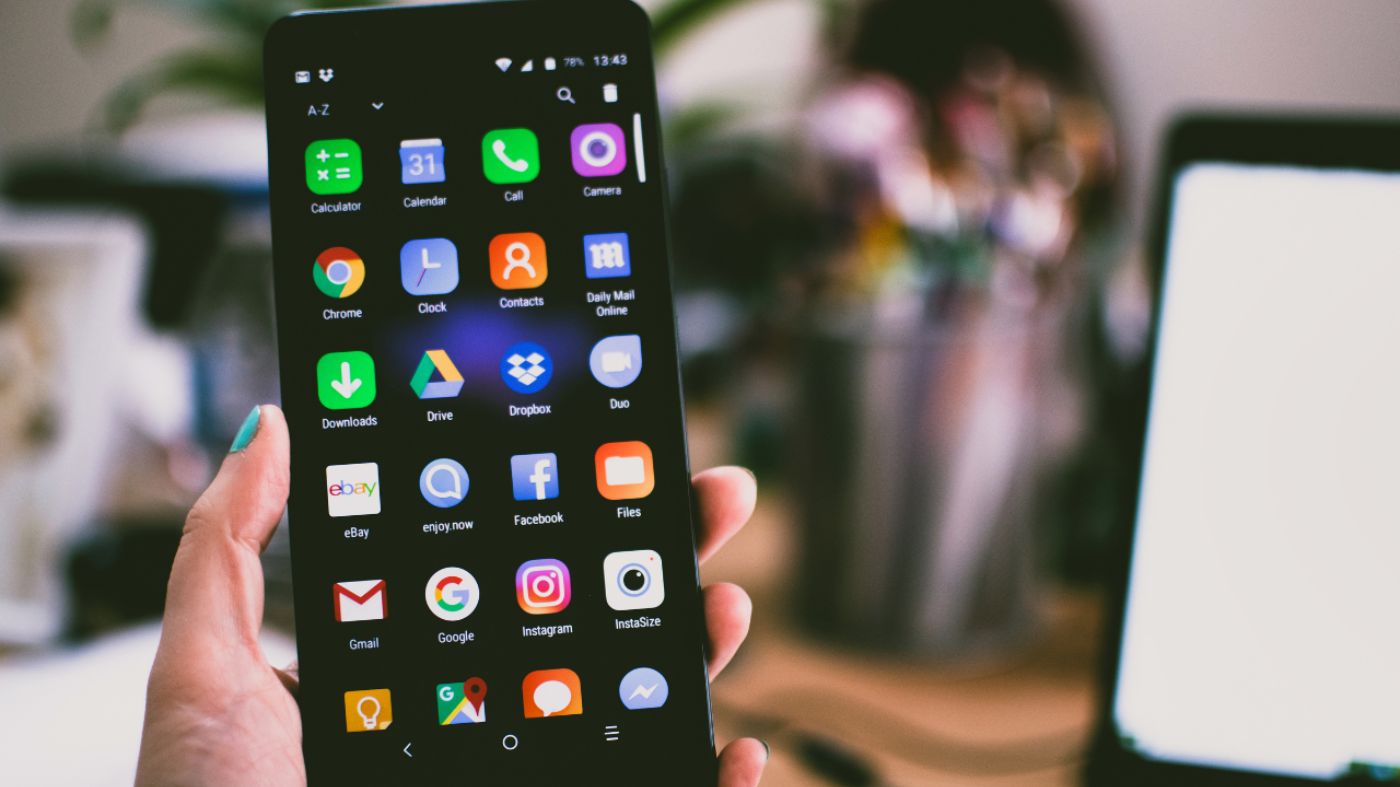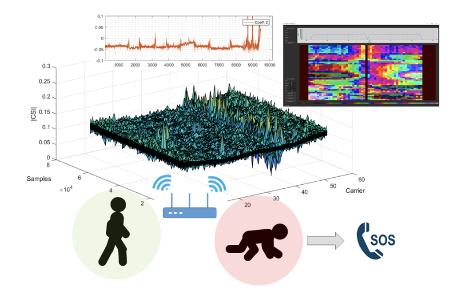
We’ve seen many discussions of wearables, pendants and other devices that can be used to help Seniors age in place. While wearables are required for certain applications like Continuous Blood Glucose monitoring or EKG, non-wearables/invisibles/ambient sensors address the fact that for a variety of reasons 86% of people do not wear their devices 24–7! AI has enabled us to convert the tools that we are all familiar with into sensors of Digital Biomarkers that can enable amazing capabilities from downloadable Covid-19 screening to Activity Monitoring and COPD to Cardiac Health predictors. We call it No-Touch Health or the more clinical sounding Ambient Sensing.
As I was completing this article, I just saw the announcement from Google Health that Google Fit will soon use smartphone cameras to log heart rate and respiratory rate. The initial release will be for Pixel phones but the IOS version cannot be far behind. Why am I so excited about this?
Long before Covid-19, I’ve been focused on the emerging area of Ambient Sensing (No-Touch Health) to enable Aging at Home with no behavior change required on the part of the senior. The product set in this area has only exploded in the last year.
The most exciting development for me is in Transdermal Optical Imaging (TOI), the technology that Google will use for their platform. The simplest explanation of TOI is a system that uses AI to detect the micro changes that occur in the reflected light from the different layers of our skin to capture various Digital Biomarkers.
I am sure 2021 will see the emergence of solutions that integrate visual AI and TOI to provide a level of digital biomarker capability that we could not have imagined a few years ago.
Imagine embedding these cameras in your bathroom mirror that automatically records your BP, Heart Rate, HRV, Breathing Rate and your general wellness score and only alerts your caregiver if the readings go out of range. The caregiver or physician can now access the historical data to see trends and head off problems before an ER visit.
Vocal Biomarkers are emerging as early indicators of a variety of conditions from cognitive disorders, emotional health, cardiac health and even for detection of Covid-19. These companies use AI to evaluate voice patterns such as pitch, tone, rhythm, volume and rate of speech to provide another weapon in the no-touch health arsenal.
Sensors can use Wi-Fi or Radar, but the logic is the same: changes in radio signals caused by objects moving in a room are called Doppler Shifts. In context with history and environment, these shift patterns or Doppler Signatures can be interpreted as a fall, an activity or even a breathing pattern/ heart rate. Advances in Machine Learning / AI and Edge Computing (to enhance privacy), make this a viable technology to deploy in Eldercare today. Embedded Doppler signatures for walking, bending down, falling, etc. are used by sensors to automatically detect these activities. In combination with inexpensive motion detection sensors (using Infrared like to security systems today), there is a wealth of information that can be used for predicting potential health issues of seniors.

There are many emerging solutions that use these Radar and Wi-Fi Doppler imaging and the associated signatures to predict a range of safety, security, and health solutions, all without the need for any wearables or pendants.
There are many other excellent technologies I have not discussed in the article. The future of No-Touch Health Solutions to create healthier, safer lives for older adults is bright.